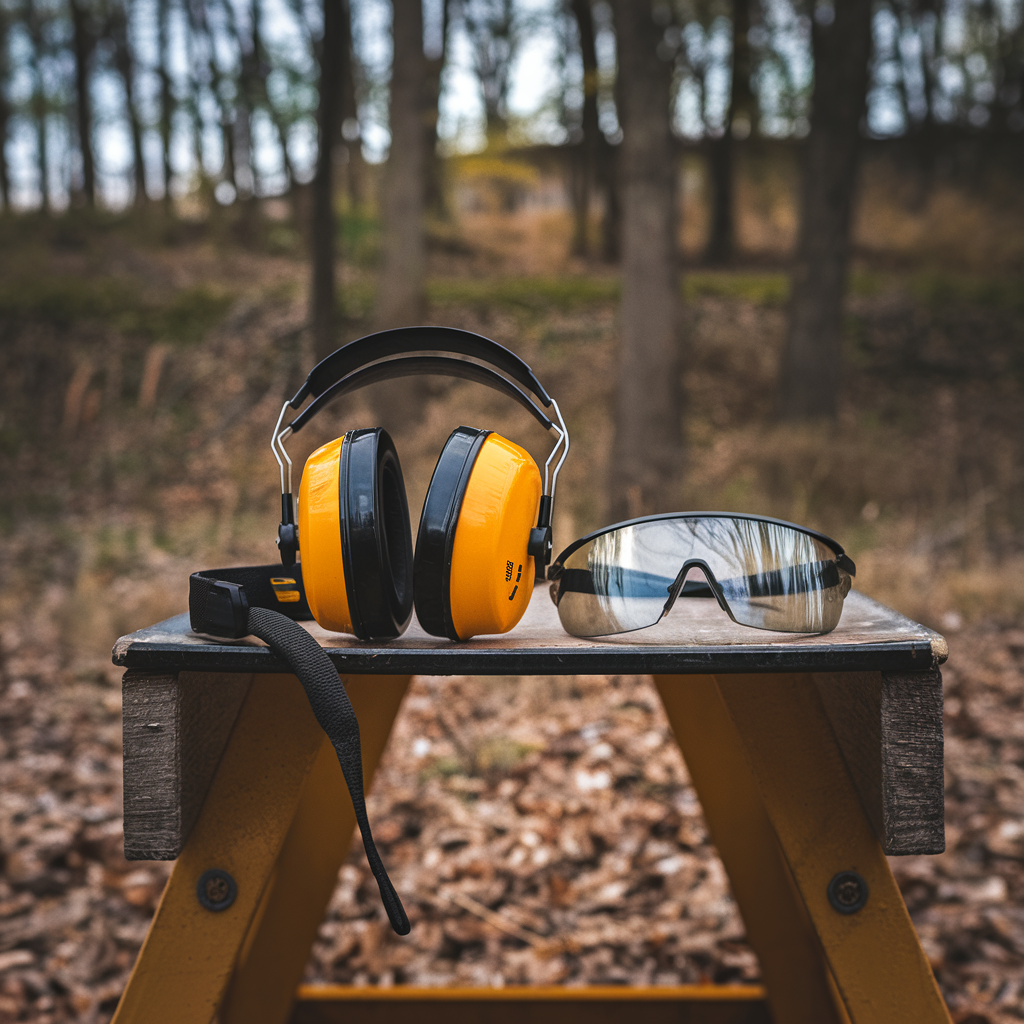How to Navigate Public Land for Hunting Opportunities

Public land offers exciting hunting opportunities for beginners and experienced hunters alike. With millions of acres available across the U.S., these lands provide access to diverse habitats and game species. However, success on public land isn’t just about being a skilled hunter—it’s about planning, preparation, and strategy. This guide will walk you through how to use public land effectively for your next hunting trip.
Understanding Public Land and Its Types
Before planning your hunt, it’s essential to understand the types of public land available. The main categories include:
- National Forests: Managed by the U.S. Forest Service, these lands are open to hunting unless specifically restricted. They often provide vast, remote areas to explore.
- Bureau of Land Management (BLM) Land: These areas are common in western states and often allow hunting. Check local regulations before heading out.
- State-Owned Land: Each state manages its public lands differently. Some may require special permits for hunting, so research your state’s rules before proceeding.
- Wildlife Management Areas (WMAs): These lands are specifically managed for wildlife and often have designated hunting seasons and species limitations.
Research Regulations and Season Dates
Regulations vary widely depending on the type of public land and the state. Start by visiting your state’s wildlife agency website for up-to-date information. Pay close attention to:
- Permits and Licenses: Determine if you need a general hunting license, a species-specific tag, or a separate permit for public land access.
- Hunting Seasons: Review the official hunting season dates for specific game, as these can differ between public and private land.
- Weapon Restrictions: Confirm whether firearms, archery equipment, or specific calibers are restricted.
Carrying a copy of the regulations with you during your hunt can also be helpful. It ensures you have quick access to rules if questions arise in the field.
Scout the Land Online and in Person
Scouting is a critical step for hunting success. Modern technology has made it easier to research public land before you ever set foot on it. Here’s how you can scout efficiently:
Online Scouting Tools
Use tools like Google Earth, OnX Hunt, or HuntStand to study the terrain, track animal movement, and mark potential hunting spots. Look for features like:
- Water sources such as creeks, ponds, or rivers
- Feeding areas like meadows or agricultural fields
- Escape cover or bedding areas where animals feel secure
In-Person Scouting
Once you’ve identified promising areas online, visit the location to confirm your findings. Look for fresh tracks, scat, bedding areas, and game trails. Checking these spots a few weeks before the season begins can give you a clearer picture of animal activity patterns.
Plan Your Access Points
Public hunting land can see heavy foot traffic, especially in popular areas. This makes it crucial to identify smart access points:
- Study Topographic Maps: Use these maps to locate less obvious routes into remote areas. Animals often avoid areas with heavy human presence, so heading off the beaten path can increase your chances of success.
- Check Parking and Entry Points: Popular parking areas often mean crowded hunting zones. Look for secondary roads or remote trailheads to enter the property.
Always have a backup plan in case your primary access point is overwhelmed by other hunters upon arrival.
Preparing for a Safe and Ethical Hunt
When hunting public land, preparation goes beyond technical skills. It also includes safety and ethical considerations:
- Gear Checklist: Bring the appropriate firearm, ammunition, and hunting gear. Don’t forget essentials like high-quality optics, navigation tools, and a first aid kit.
- Visibility: Wear blaze orange or other required safety colors to ensure you’re visible to other hunters.
- Respect Boundaries: Avoid trespassing onto private property adjacent to public land, even inadvertently. Use GPS tools to stay within public land boundaries.
- Leave No Trace: Pack out all trash, follow fire safety rules, and avoid damaging vegetation. Ethical hunting ensures others can enjoy the land as well.
Strategies for Success on Public Land Hunts
Maximizing your chances on public land often requires adaptability and strategy. Here are some tips to keep in mind:
- Arrive Early: Be the first on location to secure your preferred hunting spot. This strategy can also reduce encounters with other hunters.
- Stay Mobile: Don’t set up in one location all day. Moving periodically helps you cover more ground and adjust to changing animal patterns.
- Go Deeper: Many hunters stay close to access points. Moving deeper into the property may increase your odds of spotting less pressured game.
Adjust your strategy based on weather changes, hunting pressure, and the behavior of your target species.
Leverage Post-Hunt Resources
After your hunt, consider submitting your observations to your state wildlife agency. Reporting what you saw, even if you didn’t take a shot, helps biologists better manage public land resources. Additionally, you can review your own experience to refine your approach for the next trip:
- What terrain or locations worked best?
- Were there areas that seemed overcrowded or unproductive?
- How did weather or time of day affect game activity?
Final Thoughts
Public land offers incredible opportunities for hunting enthusiasts who are willing to invest time in preparation and learning. With thorough research, effective scouting, and strategic planning, you can make the most of these shared resources. The rewards of a successful public land hunt go beyond the harvest—they include the satisfaction of self-reliance and a deeper connection to the great outdoors.
For more guides and tips, visit our other articles on safe, responsible firearm use and outdoor gear essentials here on 2AGun.com.


